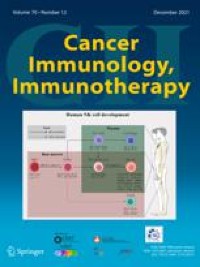First longitudinal study on the clinical impact and patient perception of intravenous versus subcutaneous immunoglobulin replacement therapy in patients with acquired hypogammaglobulinemia secondary to hematological malignancy.
Abstract
Aim
To present findings from a longitudinal study on infection risk, mortality, and patient perspective of intravenous immunoglobulin (IVIg) and subcutaneous immunoglobulin (SCIg) treatment for patients with hypogammaglobulinemia secondary to hematological malignancy or its treatment (abbreviated as SID).
Methods
Observational study period included final year of IVIg (13 patients) and of the first 3 years of SCIg (17 patients) with SID. Data were collected on clinical outcomes from medical records and patient perception via study specific questionnaire.
Results
The median age was 63 years (53‐76 years), and for 82.4% of patients their hematological malignancy was in complete remission. The annual mean serum IgG trough levels remained stable over the 4 years and were 7.0 g/L (±2.77 g/L) with IVIg, and 8.0 g/L (±1.75 g/L), 8.7 g/L (±2.75 g/L), and 7.6 g/L (±2.89 g/L) (year 1, 2, and 3, respectively) with SCIg. While the annual infection rate was similar, the rate of hospitalization due to infection fluctuated, with 37%, 9%, 15%, and 32% in year 1, 2, 3, and 4 respectively. There were no systemic adverse events with IVIg or SCIg. Patients reported a strong preference for SCIg. One patient died due to progression of underlying disease and infection within the study period.
Conclusion
SCIg was the preferred treatment mode over IVIg in our cohort, but both were well tolerated without any systemic adverse events in 4‐year follow up. The dosage and serum IgG levels were stable throughout. However, the number of infections requiring hospitalization fluctuated. It is anticipated that these findings encourage more hospitals to offer SCIg for SID patients.





